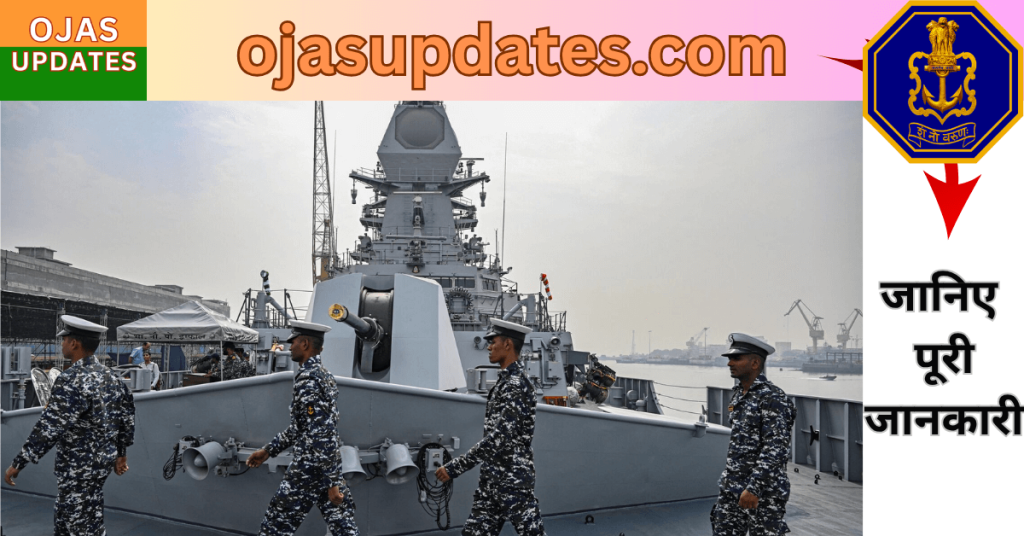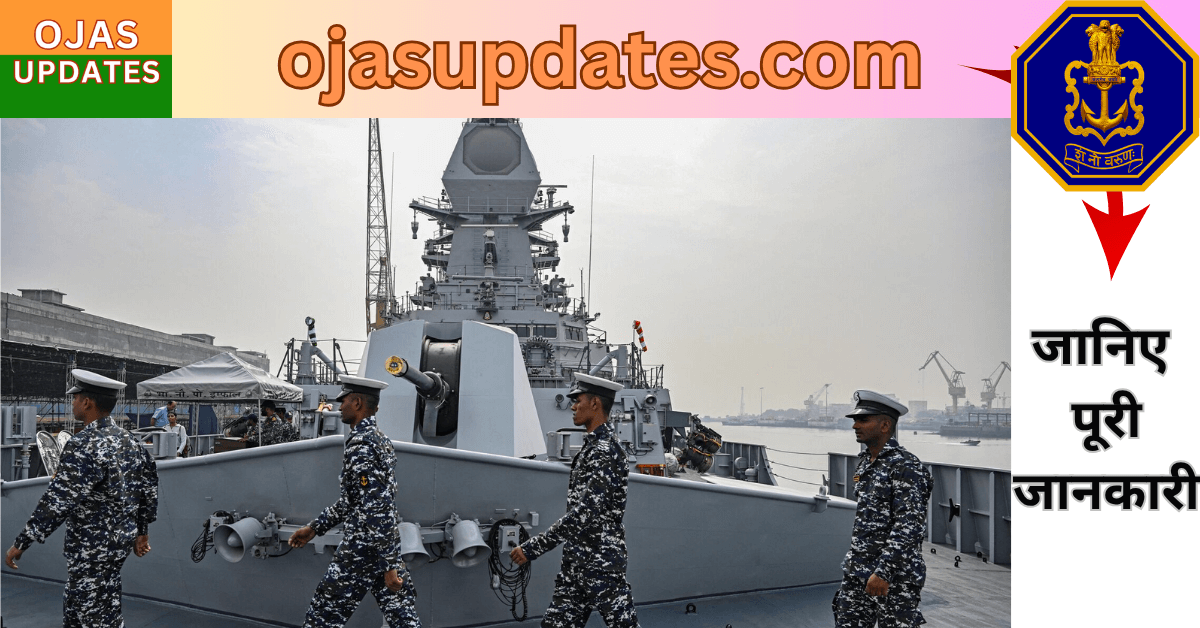India, with its vast coastline of over 7,500 kilometers, has always had a deep and abiding relationship with the sea. From ancient maritime trade routes to modern naval prowess, the ocean has played a critical role in shaping India’s economic, cultural, and strategic narratives. At the heart of this enduring connection stands the Indian Navy — the maritime arm of the Indian Armed Forces, a symbol of strength, strategy, and sovereignty.
Historical Roots: A Maritime Legacy
The roots of the Indian Navy trace back to ancient times. Maritime trade thrived in the Indus Valley Civilization as early as 3,000 BCE, with archaeological evidence of dockyards at Lothal (in present-day Gujarat). Ancient Indian texts and records from foreign travelers mention robust naval forces maintained by empires like the Cholas, who not only protected their coasts but also launched successful naval expeditions across Southeast Asia.
During the medieval period, Indian maritime power saw a decline due to frequent invasions and internal conflicts. However, the arrival of European colonial powers reignited the significance of sea power. The modern Indian Navy finds its origin in the colonial era — starting with the East India Company’s Marine in 1612, evolving into the Royal Indian Navy under British rule.
Post-Independence Transformation
Following India’s independence in 1947, the Royal Indian Navy was renamed the Indian Navy. This was not just a change in name but marked the beginning of a new journey — one that sought self-reliance, modernization, and strategic autonomy.
The Navy played a pivotal role during the 1961 liberation of Goa from Portuguese control. In the Indo-Pakistani War of 1971, the Indian Navy showcased its offensive capabilities through Operation Trident and Operation Python, which devastated the Karachi harbor and earned the Navy national admiration. December 4, the day of Operation Trident, is now celebrated as Navy Day in India.
Over the decades, the Indian Navy transformed from a defensive coastal force into a blue-water navy capable of projecting power far beyond the subcontinent. This evolution reflects India’s aspirations to secure its maritime interests in the Indian Ocean Region (IOR) and beyond.
Structure and Capabilities
The Indian Navy operates under the Ministry of Defence, with the President of India as the Supreme Commander. The Chief of Naval Staff (CNS), a four-star admiral, heads the operational command. The Navy is structured into three commands — the Western Naval Command (Mumbai), the Eastern Naval Command (Visakhapatnam), and the Southern Naval Command (Kochi).

The Indian Navy’s strength lies in its diverse and technologically advanced fleet. It boasts:
- Aircraft Carriers: INS Vikramaditya (Russian-built) and INS Vikrant (India’s first indigenously built carrier) symbolize India’s entry into elite naval circles.
- Submarines: Including nuclear-powered submarines like INS Arihant and conventional submarines from the Scorpène-class (Kalvari class).
- Destroyers, Frigates, Corvettes, and Patrol Vessels: Built both indigenously and imported, these provide a wide range of surface warfare capabilities.
- Naval Aviation: Featuring fighter jets like the MiG-29K, helicopters such as the MH-60R, and unmanned aerial vehicles (UAVs) for surveillance and combat support.
- Marine Commandos (MARCOS): The elite special forces of the Navy, trained for counter-terrorism, amphibious warfare, and hostage rescue operations.
Strategic Importance and Global Engagement
India’s geographical position at the heart of the Indian Ocean gives the Indian Navy a critical role in regional security. It ensures freedom of navigation, counters piracy, and safeguards trade routes. The Navy plays a key role in humanitarian assistance and disaster relief (HADR) operations across the Indian Ocean Region, as seen in the 2004 tsunami relief and recent evacuations during the COVID-19 pandemic.
The Indian Navy also actively participates in international naval exercises such as Malabar (with the US, Japan, and Australia), Varuna (with France), and bilateral drills with countries like the UK, Russia, and Singapore. These engagements enhance interoperability and showcase India’s commitment to a free, open, and inclusive Indo-Pacific.
Indigenous Development and Future Outlook
Under the “Make in India” and “Atmanirbhar Bharat” initiatives, the Navy is rapidly indigenizing its capabilities. Over 60% of naval assets are now built in India, with significant contributions from public and private shipyards. Projects like the nuclear submarine program, the next-generation destroyers (Project 15B), and new-age UAVs reflect this drive toward technological self-sufficiency.
The future vision of the Indian Navy includes expanding its fleet, modernizing its infrastructure, and enhancing cyber and space capabilities. A third aircraft carrier, more advanced submarines, and artificial intelligence-based systems are on the horizon.
Conclusion
The Indian Navy stands as a vigilant guardian of the nation’s maritime frontiers. Beyond deterrence and defense, it is a force for peace, diplomacy, and development. As the seas grow more contested and the maritime domain gains new importance, the Indian Navy is well on course to emerge as a formidable force — agile, resilient, and globally respected. In protecting India’s interests and promoting regional stability, the Navy remains an enduring symbol of strength, strategy, and service.

